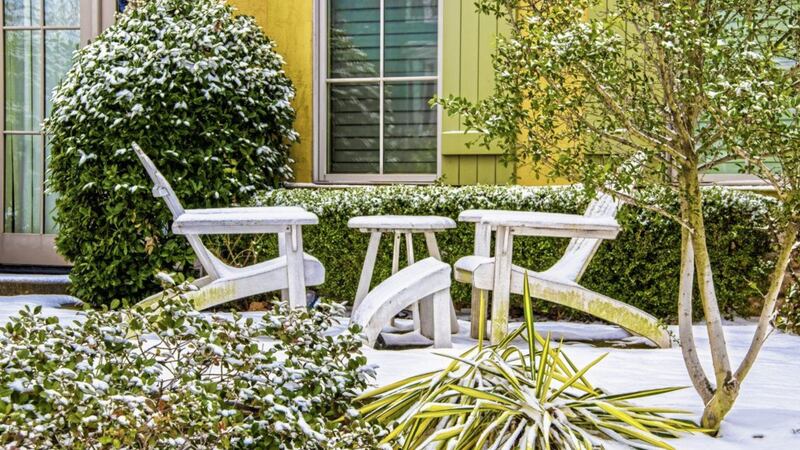AFTER a mild autumn the cold weather arrived with a vengeance over the latter part of the festive season. It’s not yet on the same scale as the big freeze of a decade ago but as I write this, it’s proper baltic outside. Enjoyment for gardeners during winter is limited, especially when it’s freezing, but let’s not underestimate the value of subzero temperatures to our garden’s health and wellbeing.
While there is, of course, a threat to many plants from the extreme cold, if you know those tender species most a risk, you can protect them with horticultural fleece ahead of a severe frost, or where possible move them indoors or to a more sheltered spot. Also, anybody who keeps fish in their garden pond would need to be wary of a sudden cold snap freezing the water and killing the fish in the process. Floating a ball on the surface should help avoid such a scenario.
But while these examples of weather-induced damage are unwelcome, the same freezing temperatures bring many benefits beyond making the frost on the ornamental grasses and spent seed heads sparkle in the morning sun.
Believe it or not, a layer of snow can help protect the garden by insulating plants from the coldest extremes. The moisture released slowly by snow as it thaws is also beneficial, as there is less run-off than with rain and it triggers the steady release of minerals and nourishment into the soil.
Freezing temperatures are also good for breaking up clods of soil, transforming them into a finer tilth through which roots can grow with greater ease.
When you add to this the destruction of fungal pathogens such as black spot and canker and the extermination of overwintering aphids, slugs and snails, it quickly becomes apparent that subzero temperatures can be one of the gardener’s greatest allies.
However, where many gardeners fear plummeting temperatures and adverse weather the most is in the damage it can do to outdoor furniture. Even though garden furniture is designed to withstand most of what nature can throw at it over the winter months, a few simple steps will reduce the potential for serious harm.
It may seem counterintuitive but often the worst thing to do is to cover your furniture with a tarpaulin of some sort or stash it in a shady corner. This may keep the rain off but it will also encourage damp and algae growth. It’s much better to place it in an exposed site where it’ll get aired and the occasional bit of sun.
Notably, those with a cheap white plastic table and chairs and those lucky enough to own top-of-the-range hardwood furniture can adopt the same strategy – namely, do nothing apart from giving each a quick scrub using soapy water, as both are designed to be weather resistant. ‘Weathered’ hardwood furniture is actually a desired look in itself, with the timber taking on a silver-grey hue. If this isn’t what you’re after, however, an annual covering of teak oil is recommended.
Cheaper softwood timber furniture should also be fine outdoors but a coat of paint or preservative will help it endure longer. Likewise, synthetic and resin furniture will benefit from a quick clean and a fresh lick of paint every couple of years.
For those with metal furniture the greatest threat comes from rust, which is why rust-proof aluminium is proving increasingly popular. Where there is surface damage, touching up the vulnerable bits with a special paint before winter will help avoid rust spreading.








